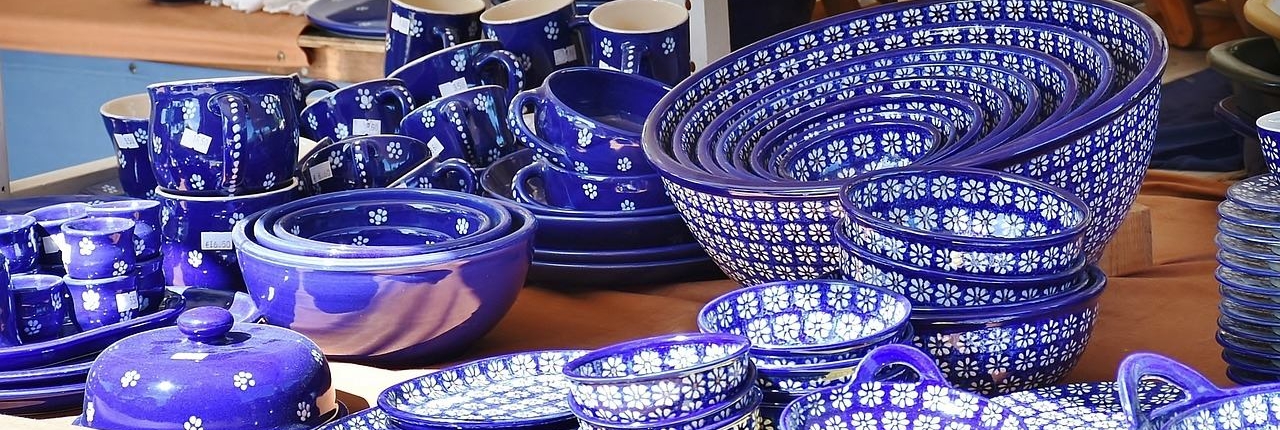Title: To Brush or to Dip? Exploring the Best Techniques for Glazing Pottery
Pottery, with its intricate designs and beautiful finishes, has captivated artists and enthusiasts for centuries. Among the many techniques used to add that final touch of magic to a ceramic piece, glazing stands out as one of the most crucial. When it comes to applying glaze, potters have two primary choices: brushing or dipping. Each method offers its unique advantages and challenges, and the choice ultimately depends on the artist’s vision and the specific requirements of the project. In this blog, we’ll delve into the debate of whether it is best to brush glaze or dip in glaze and explore the factors that can help you make an informed decision.
The Brushing Technique
Pros:
1. Precision and Control: Brushing glaze allows for intricate detailing and fine lines. Artists can achieve a high level of control, making it an ideal choice for intricate designs or specific patterns.
2. Layering and Blending: With brushing, you can apply multiple layers of glaze, allowing you to create unique color combinations and gradients. This technique is great for experimentation and achieving nuanced effects.
3. Economical: Brushing often uses less glaze than dipping, making it a more economical choice for smaller pieces or when working with expensive glazes.
Cons:
1. Time-Consuming: Brushing can be a time-consuming process, especially for larger pieces or production runs. Each layer must dry before the next one is applied, which can extend the overall production time.
2. Inconsistencies: Achieving an even application can be challenging, especially for beginners. Brush strokes may leave visible marks or uneven thickness in the glaze.
The Dipping Technique
Pros:
1. Efficiency: Dipping is significantly faster than brushing, making it the preferred choice for larger quantities of pottery or larger pieces. The glaze evenly coats the entire surface in one go.
2. Uniformity: Dipping provides a consistent glaze thickness across the entire piece, minimizing the risk of uneven finishes or streaks.
3. Ease of Use: Dipping is relatively straightforward, making it accessible to potters of all skill levels. It’s a great choice for beginners who want to ensure a smooth glaze application.
Cons:
1. Limited Detail: Dipping is less suited for intricate designs or patterns that require precision. Achieving fine lines or intricate detailing can be challenging with this method.
2. Wasteful: Dipping often requires more glaze than brushing because it coats the entire piece. This can be wasteful, especially with expensive or limited-quantity glazes.
3. Dripping and Runs: There is a risk of excess glaze pooling or dripping off the piece when using the dipping method, which can be problematic for the kiln and the finished product.
Making the Right Choice
The choice between brushing and dipping ultimately comes down to your artistic vision, the specific requirements of your project, and your skill level as a potter. Here are some factors to consider:
1. Design Complexity: If your piece features intricate patterns, fine lines, or detailed designs, brushing may be the better choice. Dipping is more suitable for simple, uniform glazing.
2. Efficiency vs. Precision: If you need to produce a large quantity of pottery efficiently, dipping is the way to go. However, if you prioritize precision and control, brushing is the better option.
3. Glaze Type: Some glazes may work better with one method over the other. Experimentation with your specific glaze is essential to determine which technique yields the best results.
4. Skill Level: Beginners may find dipping easier to master initially, while experienced potters can harness the full potential of brushing for intricate, artistic designs.
In conclusion, there is no one-size-fits-all answer to the question of whether it’s best to brush or to dip in glaze. Both techniques have their merits and drawbacks, and the choice should be guided by your artistic goals and project requirements. Many experienced potters incorporate both methods into their practice, using each where it suits their needs. Ultimately, the glazing technique you choose should serve as a tool to bring your creative vision to life in the most effective and satisfying way possible.


